“Noiseland: The Music of Boston”
Rock n roll has always been a dangerous subject matter. Back in the trenches of the ‘80s Boston hardcore scene, photographer JJ Gonson had to watch out for stray elbows from overzealous punks in the pit. Her current exhibit “Noiseland: The Music of Boston”, at the Panopticon Gallery through January, flirts with another kind of danger. Less physical, more aesthetic: how does a photographer immortalize the golden age of a cultural moment without falling prey to fan service?
The Panopticon Gallery is uniquely suited to host the “Noiseland” exhibition. The gallery began in 1971 as nothing more than the moldy corner of startup photo lab in a Boston basement. After a few relocations and changes of ownership, the gallery found a more or less permanent home in the confines of the Hotel Commonwealth in 2004. Irony of ironies, the tony hotel is built on the gentrified remains of a neighborhood once known for dollar beers, loud music, and rat-infested walls. The old rock n roll dive Rathskeller, which appears more than once at the exhibit, sold out to developers in 1997. But you can still live the dream in the Rathskeller Suite at the Hotel Commonwealth for $543 to $1,130 a night.
Gonson is joined at the Noiseland exhibit by veteran rock n roll photogs Paul McAlpine and Philin Phlash. All three train their eye on the pivotal moment in the 20th century, somewhere around the 1970s, 1980s, 1990s, when the rock n roll industrial complex began to sag under the weight of its cultural hegemony.
Paul McAlpine
McAlpine goes big. Big stars, big poses, big sounds. He captures a younger, rawer Mick Jagger leaning into the mic like he still needs to work to get our attention. The Rolling Stones frontman wears a suit with no shirt, his bare chest subverting the formal attire with trademark sex appeal. These were the days when people still dressed up in their Saturday Best to hit the club. You didn’t have to go full Thin White Duke, but you needed some style to set you apart from the humdrum. Freddie Mercury, Debbie Harry, Iggy Pop: fashion heroes, all of them. The rock n roll dream was alive if only you had the courage to play the part. In his portrait photography, group and individual, McAlpine showcases some of the biggest names in the business walking the tightrope between icon and iconoclast. A matter-of-fact group portrait of a scruffy band of Dubliners who called themselves U2 is a harbinger of change to come.
Gonson and Phlash take a hard turn into the underground of rock n roll. The emergence of punk was a repudiation of the Major Label and Corporate Media, and these two photogs were on hand to document the birth of music at the margins. Hero status was still possible for rock n rollers, but figures like David Bowie or Perry Farrell or Kurt Cobain began to look more like accidental epiphenomena of vital cultural developments happening beneath the surface.
Philin Phlash
Phlash digs down into the grit of the 80s punk scene with a series of photographs that capture a more confrontational setting. It’s the incidental photos of punks at shows, muscling in the crowd, that remind us how quickly aesthetic values can shift. In one memorable photo, titled “Untitled,” our focus is directed to an unnamed punk in a mosh pit, blood streaming down his face, whose eyes meet the camera for the briefest of moments. For those unfamiliar or uncomfortable with the physical catharsis of the mosh pit, the bloody gore is shocking. But it’s just another Sunday afternoon for the young punk. And how different is a little bloody nose at a punk show from all those wet poodle skirts at Elvis concerts? It’s all human ejaculate, in one form or another, tossed off in a fit of passion.
JJ Gonson
Gonson employs a softer touch. She selects a series of photographs that emphasize the more intimate moments in the underground music scene of the 1980s and 1990s. Her experience in the music industry, as manager, promoter, in addition to photographer, results in a special type of access to her subjects. Sometimes that ‘access’ is quite literal: her two “van-centric” photos of Elliot Smith and Kurt Cobain capture the young musicians on the road in moments of unadulterated humanity before they broke big, became legends, and passed beyond this world into rock n roll Valhalla.
Joe Cole protecting Henry Rollins from a fan during a Black Flag show in Boston (JJ Gonson)Elsewhere the notion of ‘access’ is more figurative. Gonson’s years on the scene have trained her eye to know where to look for the visual story within the story. Her photograph “Joe Cole protecting Henry Rollins from a fan during a Black Flag show in Boston” depicts a rollicking punk show, but subverts the viewer’s expectation by shifting the focus from the center to the margins. Instead of lionizing the frontman of the band or reveling in the prospect of violence – two punk rock photography cliches – she reminds us of the acts of care and kindness required to safeguard the scene. Joe Cole, a roadie for Black Flag, steps between his friend Henry Rollins and an overzealous fan to protect each from the other. The scene alludes to a tragedy years later when Rollins and Cole were robbed at gunpoint, and only Rollins escaped alive. Joe Cole put himself between Rollins and danger one last time. Making that kind of sacrifice is not anything that anyone can ask from anyone, but music scenes and more are built on impossible asks.
Rock n roll asks for its share of blood, but everyday life asks for even more. The best we can do is honor the memory of those who are no longer with us. David Bowie, Kurt Cobain, Freddie Mercury, Lux Interior, Elliot Smith, Joe Cole, and more. What’s it all worth? About $300-$800 a print. None of the bygone rock n rollers will mind a little money being made off their image. It’s all small change compared to the revenue streams that once coursed through the veins of the Major Labels. With the advent of streaming music, it’s hard to know whether music is even a business anymore in the traditional sense, or just another subsidiary of Big Tech. The death of the music industry – exactly what the counterculture wanted! Is it the best of times or the worst of times for rock n roll? Either way, it’s exhausting. You can take a break from the present and the future by revisiting the past at “Noiseland: The Music of Boston,” at the Panopticon Gallery until late January.




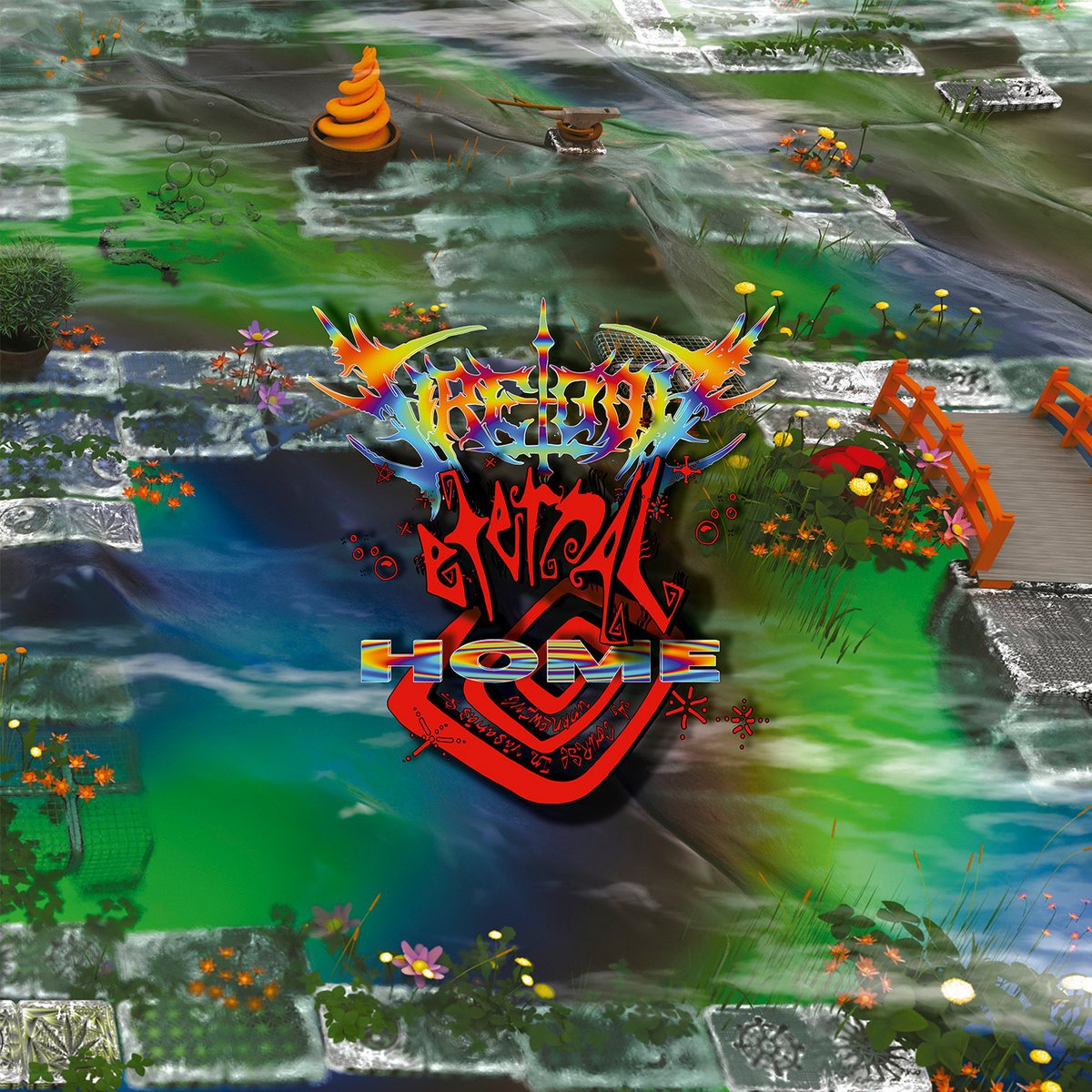
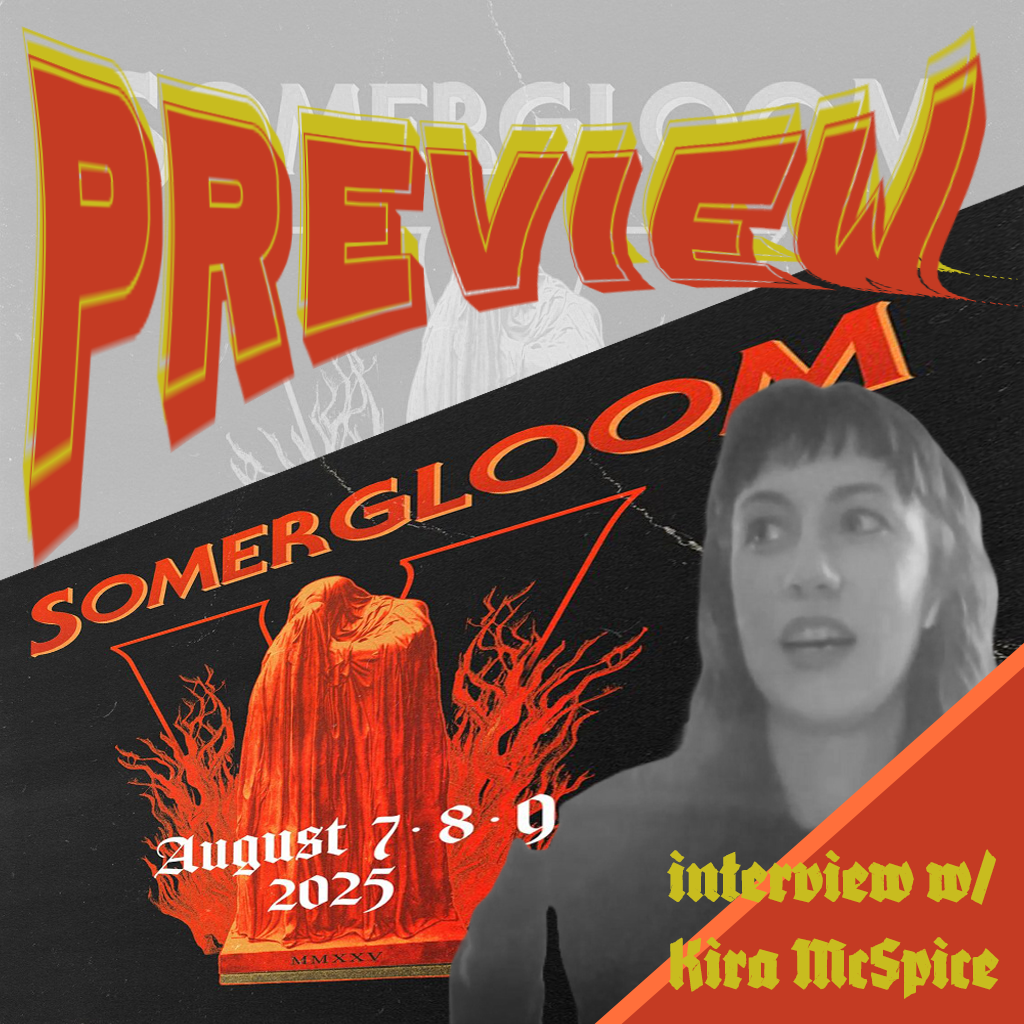

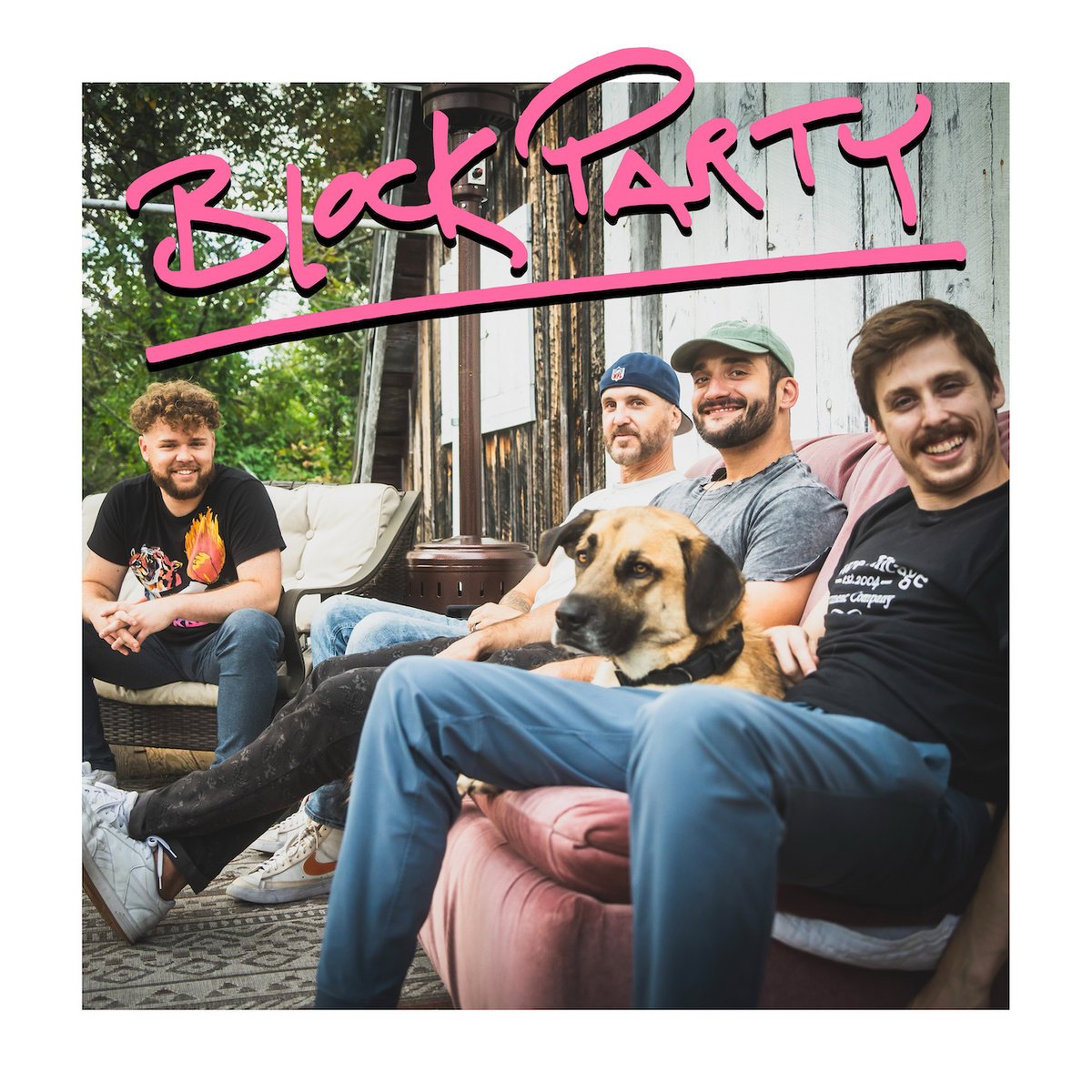
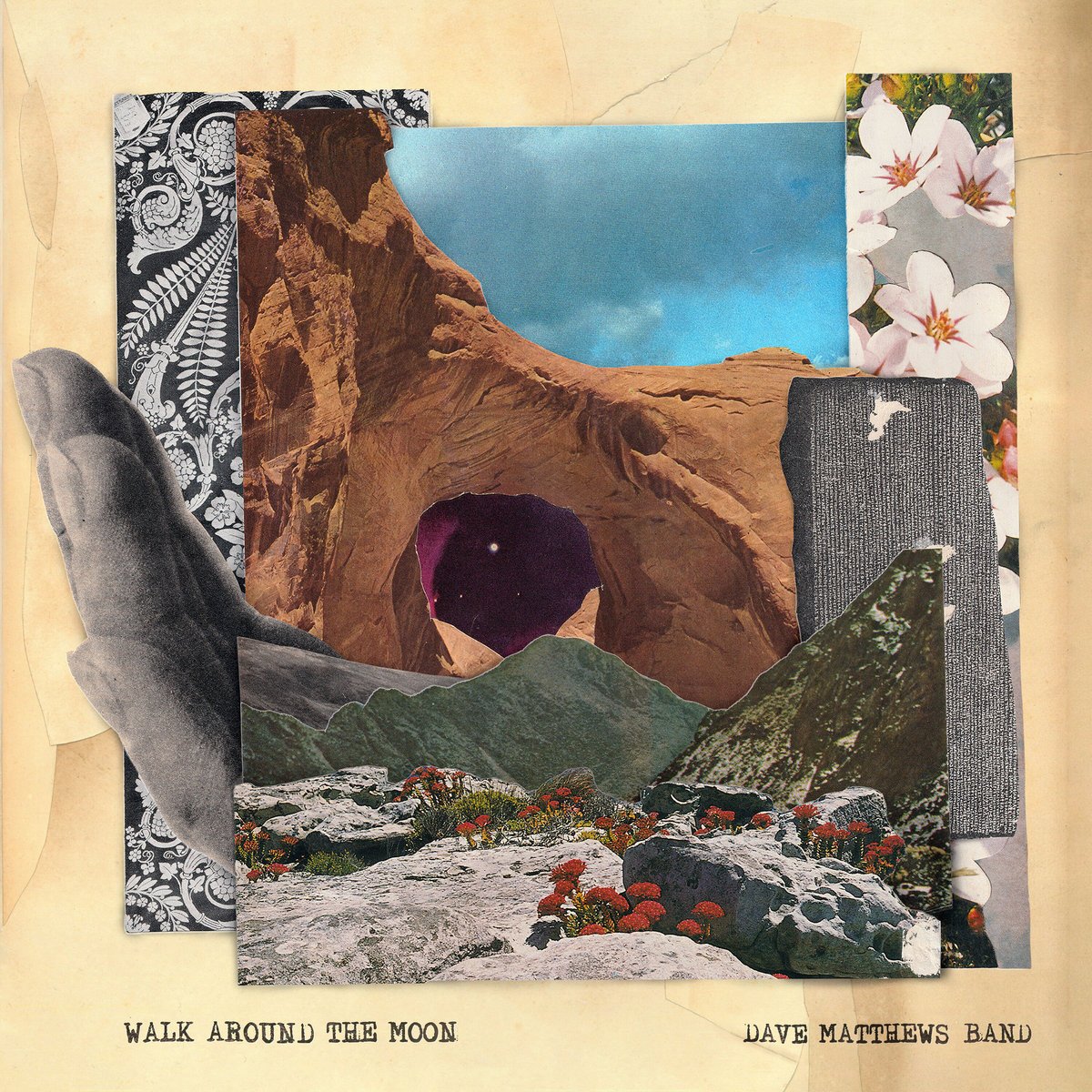
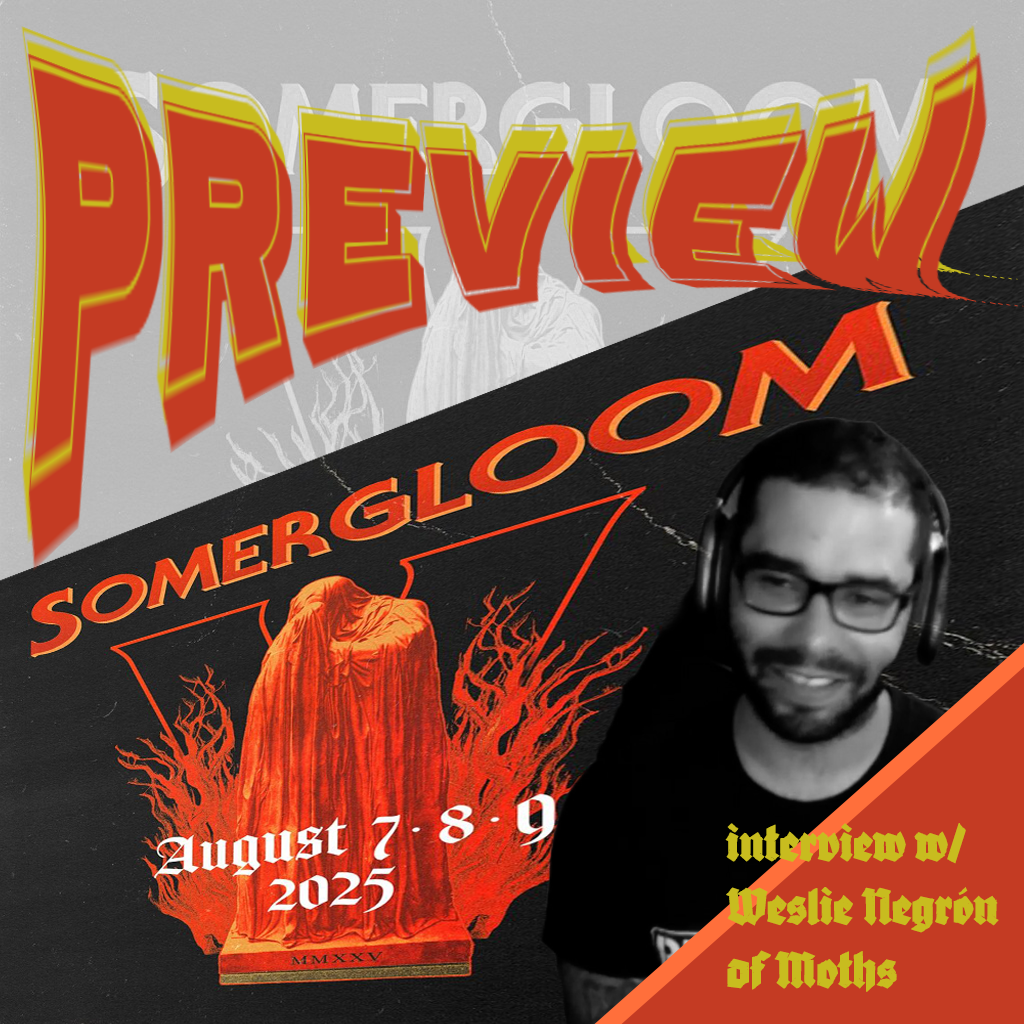


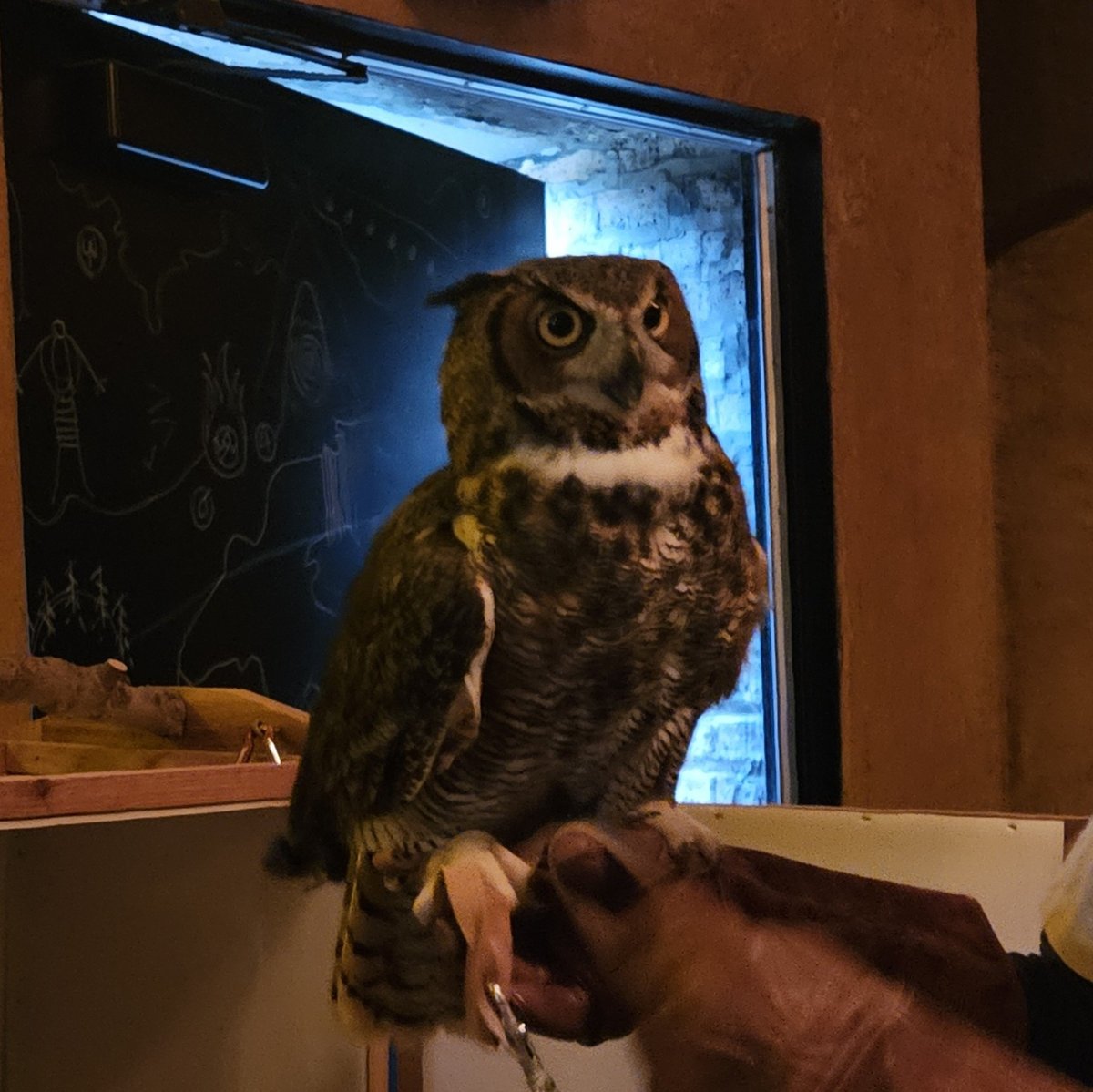
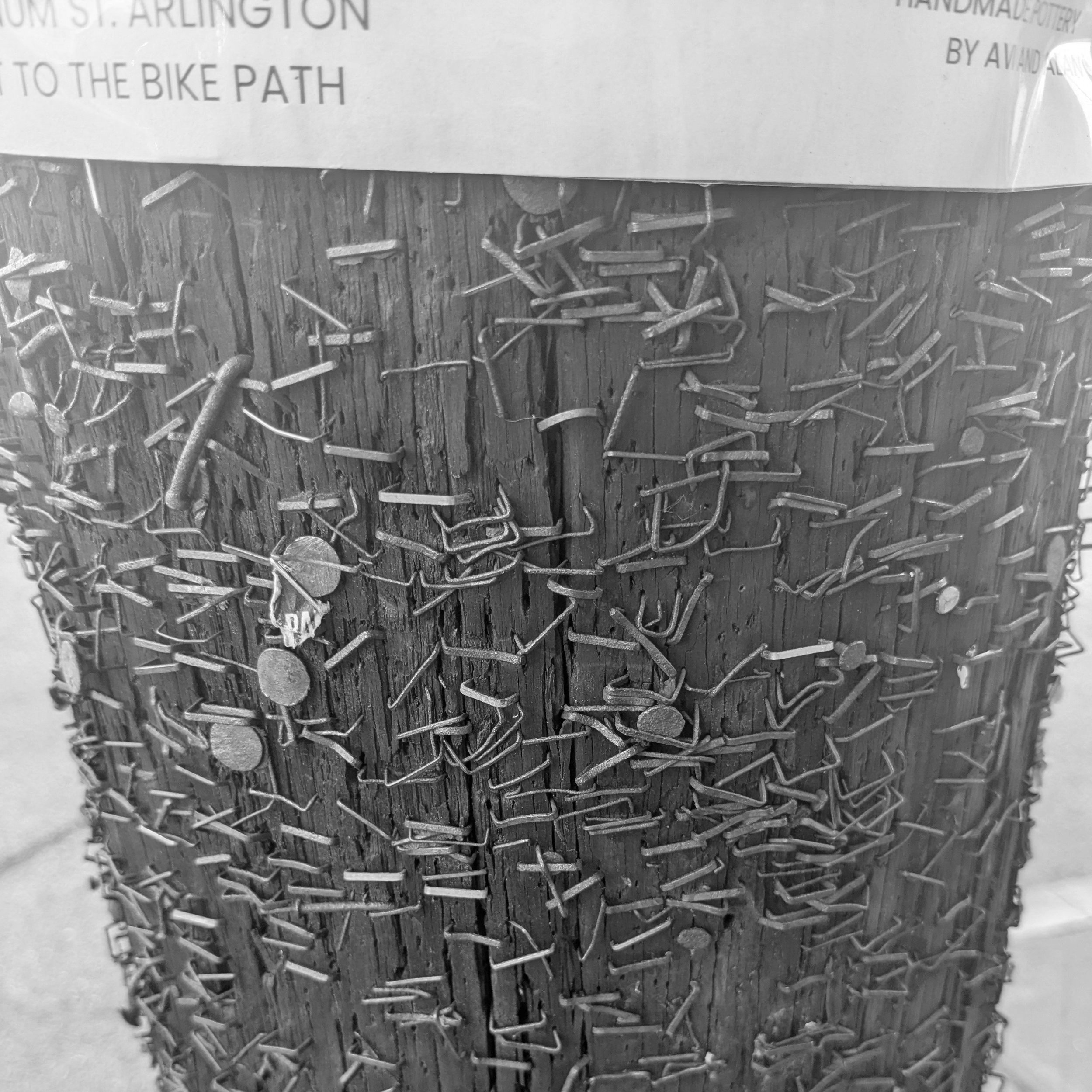
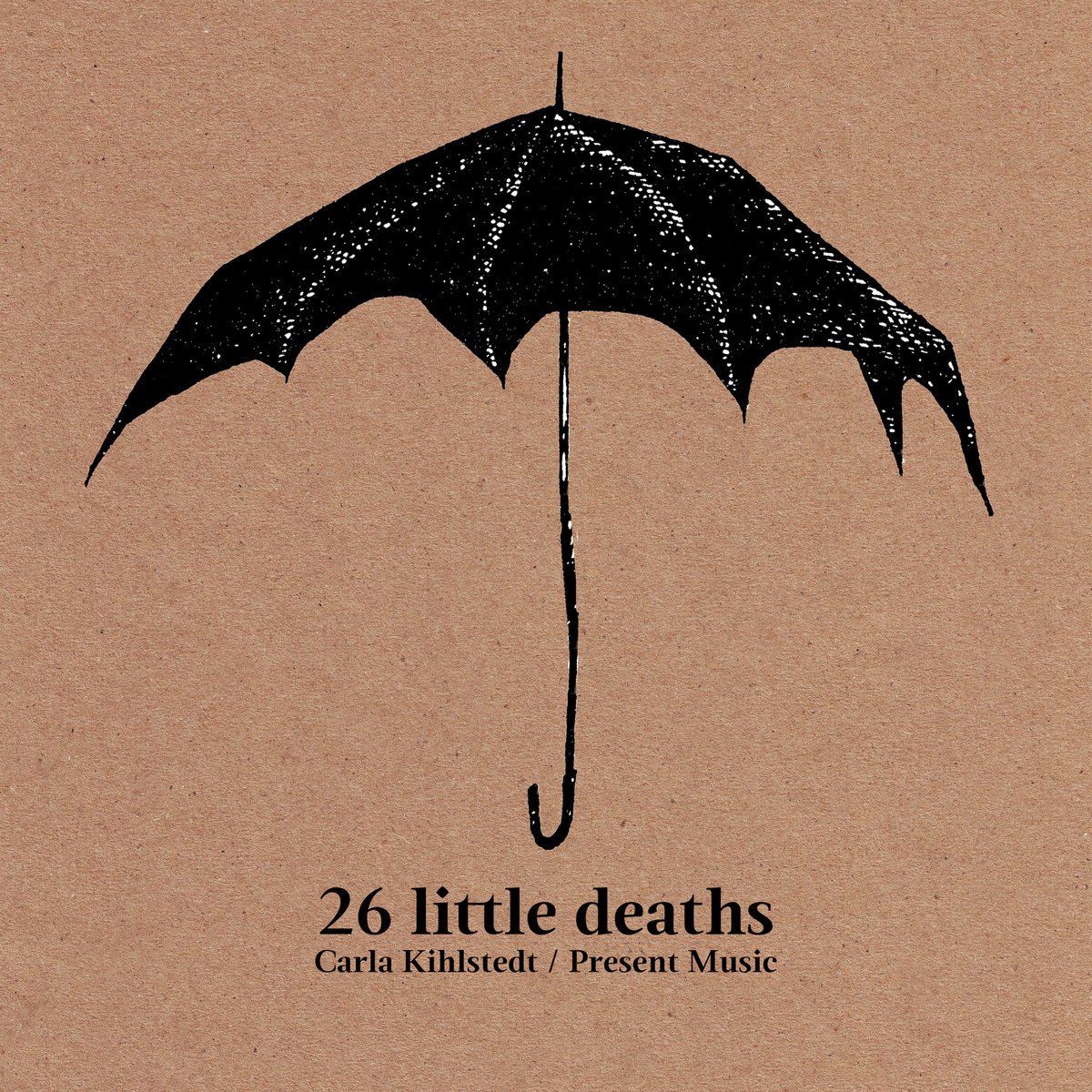

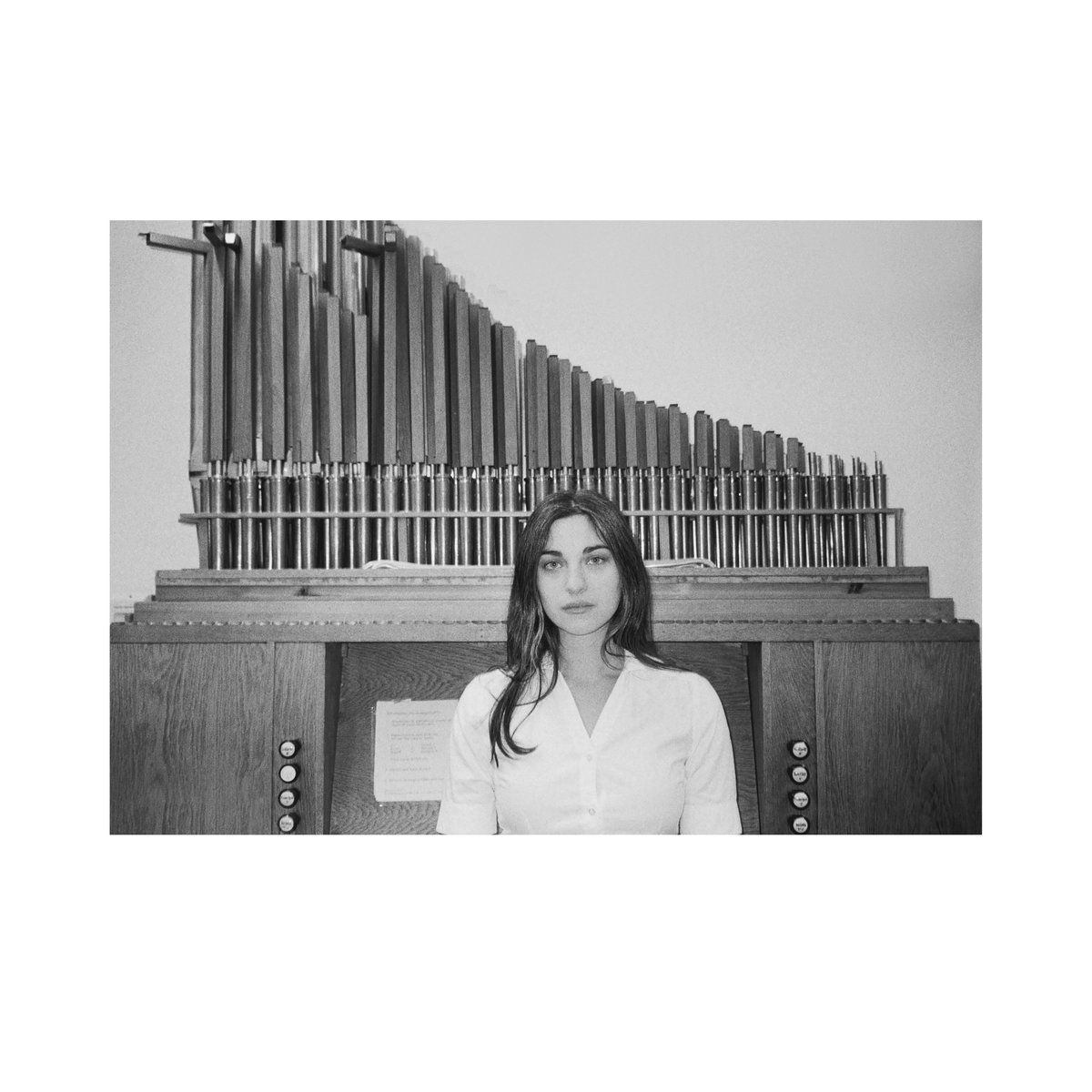


Friendship sets sail at Deep Cuts.